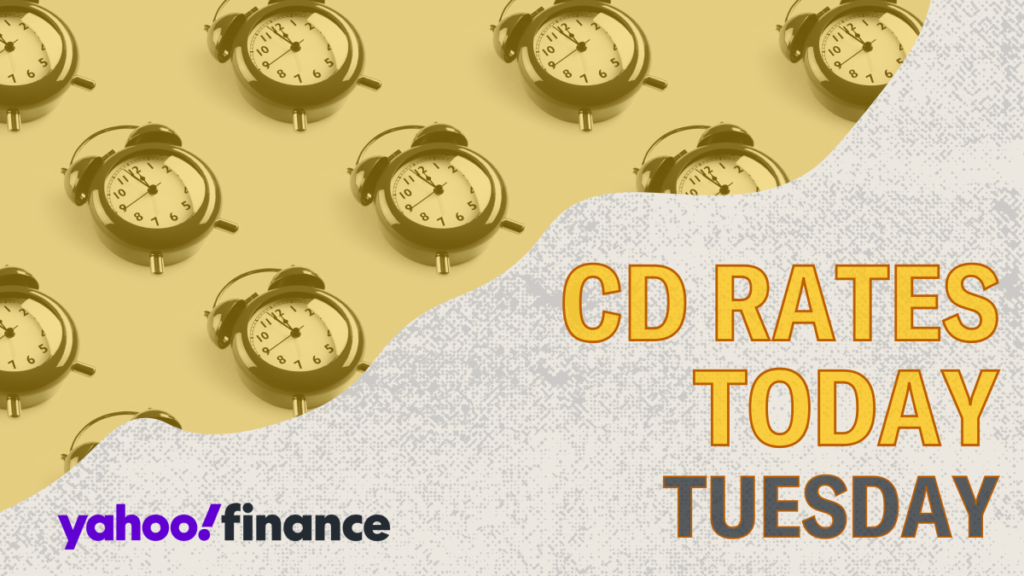In 2023, the Federal Reserve made a critical decision to lower the federal funds rate twice, which subsequently resulted in a decline in deposit account rates. However, there remains a silver lining for those seeking to preserve their earning power: locking in competitive rates on certificates of deposit (CDs) is still an option. As of November 2024, several financial institutions are offering CDs with rates exceeding 4%. This presents a favorable opportunity for savers, as the best short-term CDs, particularly those with terms of six to twelve months, are yielding rates in the range of 4.00% to 4.50% APY. On the other hand, medium-term CDs (one to three years) maintain similar rate levels, albeit with a slight decrease as the term lengthens. Long-term CDs, which span over three years, usually reflect rates of around 4% or lower, making the current market promising for prospective investors in CDs.
Currently, Nexbank tops the list with the highest CD rate available, offering an impressive 4.52% APY on its 1-year CD, albeit requiring a minimum opening deposit of $25,000. Close behind is Marcus by Goldman Sachs, which provides a competitive rate of 4.25% APY on its 1-year CD, needing a much more manageable minimum deposit of $500. These rates highlight how specific institutions are positioning themselves to attract savers despite a general trend of declining rates. It’s essential for consumers to stay informed about which financial products yield the best returns. Evaluating various CD accounts and rates can help individuals maximize their savings potential in today’s shifted economic landscape.
The trajectory of CD rates over the past few decades tells a story intertwined with economic events and Federal Reserve policies. The early 2000s, marked by the dot-com bubble and the subsequent financial crisis of 2008, saw a decline in CD rates as the economy slowed down. By 2009, following the financial crisis, one-year CDs offered an average return around 1% APY, with five-year CDs barely reaching 2% APY. The ongoing low rates persisted through the 2010s, particularly due to the Fed’s near-zero interest rate policy, which suppressed the rates on various savings products, including CDs. By 2013, the average APY for six-month CDs was around 0.1%, with five-year CDs yielding just 0.8% APY.
The period from 2015 to 2018 marked a turning point as the Fed began gradually increasing rates to fortify an expanding economy, raising CD rates from their historical lows. However, the COVID-19 pandemic brought about emergency rate cuts, plunging CD rates to unprecedented lows again. Following the pandemic’s immediate aftermath, a significant shift occurred with inflation surging. In response, the Federal Reserve hiked rates 11 times from March 2022 through July 2023, significantly impacting the savings landscape by elevating both loan rates and APYs on savings products like CDs. By late 2024, the Fed’s acknowledgment that inflation was under control led to a cut in the federal funds rate, resulting in a gradual decline in CD rates while remaining higher than averages seen in previous years.
Traditionally, longer-term CDs have been associated with higher interest rates due to the increased risk that savers assume by locking in their funds for extended periods. However, the current financial climate has led to an inversion of this typical yield curve, with the highest average CD rates now represented by 12-month CDs rather than longer terms. This inversion often signals uncertainty in economic prospects or expectations of future interest rates falling further. Hence, individuals seeking to optimize their savings need to approach decisions surrounding CD investments with careful consideration regarding their timing and financial goals.
When selecting a CD, it’s essential to look beyond just the attractive APY. Investors must consider additional factors such as their personal financial objectives, the type of financial institution, and the specific terms associated with each CD. Understanding how long one is willing to lock away their funds is vital since CDs come with fixed maturity terms, and early withdrawals typically incur penalties. It’s also advisable to compare rates across various institutions, including online banks, local banks, and credit unions, as the variance can be significant. In general, online banks tend to offer higher rates owing to lower overhead costs, but ensuring that these banks are FDIC or NCUA-insured is crucial for the safety of your deposits.
Lastly, potential investors should remain mindful of inflation when considering CDs as a savings vehicle. While CDs generally provide safe and fixed returns, their performance may trail inflation, especially with longer terms. Hence, individuals need to evaluate the term lengths and amounts they plan to invest carefully, balancing the fixed returns that CDs offer with the impacts of rising inflation. As the financial landscape continues to evolve, making informed decisions based on current trends is key to safeguarding one’s financial future through sound investment in CDs.

